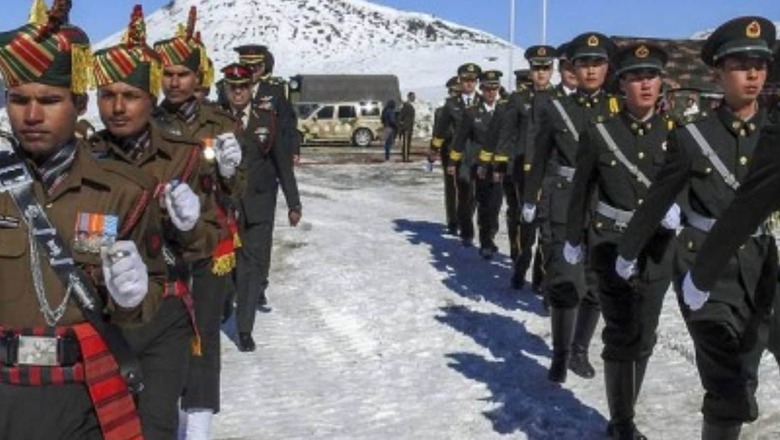
views
Amid the deadlock at the Line of Actual Control (LAC) in eastern Ladakh, China has not just scaled up its border infrastructure, but has also ramped up its air and ground surveillance architecture along the borders with India over the last several months, intelligence inputs have suggested.
As per the inputs, the air defence assets of the Chinese People’s Liberation Army (PLA) and its air force PLA Air Force (PLAAF) are being integrated.
The inputs also state that the resources within the PLA Army are being put together, possibly to form an overall Integrated Air Defence Grid.
Defence sources told News18 that China had deployed its air defence guns in close proximity to the LAC in the eastern Ladakh region and has created adequate bunkers and associated infrastructure.
As per the inputs, China has put in place a robust “three-tier surveillance architecture system” at its border defence posts — comprising radars, infrared electro-optical systems and a series of PTZ (Pan-Tilt-Zoom) cameras installed at a distance of 500 metres to a kilometer from the LAC — all along the northern borders.
The long-range radars make the first tier of this architecture system, which are deployed at the PLA’s forward posts, with a range of around 20km.
This, security sources said, is meant for enabling the Chinese to detect movements across the LAC in the immediate depth areas.
The second tier of this surveillance architecture includes infrared electro-optical systems, which can detect movements in the range of 3-6km.
The third tier comprises the PTZ cameras installed right at the borders with a range of 500 metres. Sources said this system is designed to progressively monitor movements from the depth areas to the LAC.
As per the latest Pentagon report released last month, the PLA also continues to invest in improving its capabilities in space-based intelligence, surveillance, and reconnaissance (ISR), satellite communication, satellite navigation, and meteorology, as well as human spaceflight and robotic space exploration.
Defence officials told News18 that India, too, has a similar surveillance mechanism in place. “India has deployed a range of drones, alongside radars, electro-optical equipment, and other surveillance devices to keep track of PLA movement along the entire LAC,” a defence official said.
As first reported by News18, India has finalised the deal for buying four Heron TP drones from Israel, which will initially be used in surveillance and reconnaissance missions, but will eventually be upgraded and armed with missiles for precision strikes. Expected to arrive by the end of this year, most of them will be deployed along the northern borders.
“Aside from this, various countermeasures to thwart Chinese surveillance are being put at the LAC,” the official added, declining to divulge further details.
As reported last month by News18, the Indian Army has deployed a range of indigenous systems at the LAC —some of which have been designed and developed within the Army — such as face recognition software and homegrown thermal imagers to track PLA movement across the borders.
As per the intelligence inputs, while China has redeployed troops in the depth areas, there have been no major changes in the numbers of PLA troops deployed opposite eastern Ladakh.
Read all the Latest India News here



















Comments
0 comment